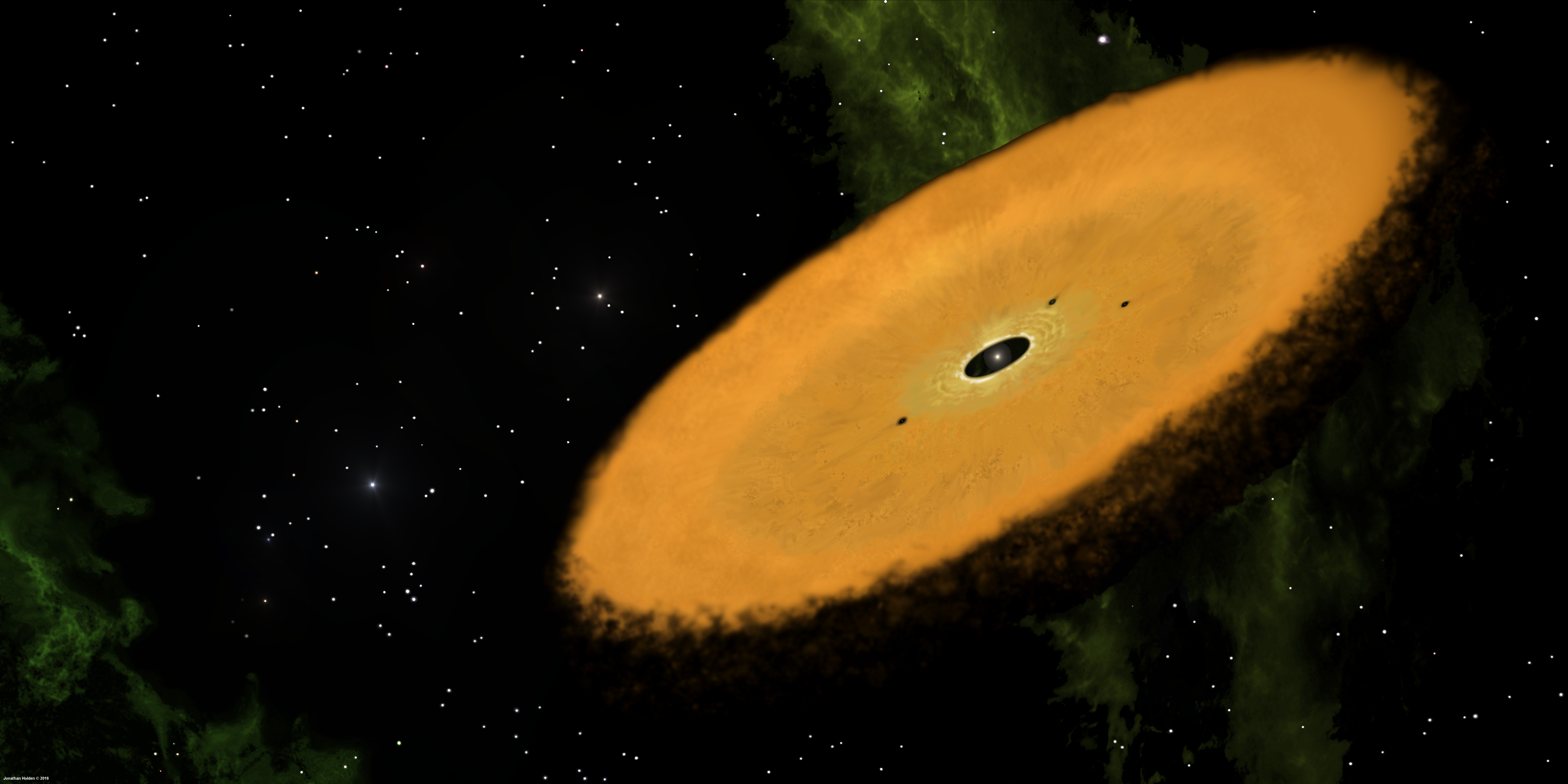
Finding new disks with citizen science
I am the lead graduate researcher on the science team for Disk Detective, a citizen science Website formed as part of a partnership between NASA GSFC and the Zooniverse project to identify new circumstellar disks in the WISE catalog. On the Disk Detective site, citizen scientists look through a "flipbook" of images of the same target, from optical to mid-infrared, before sorting the subject into given qualitative categories. The "good candidates" get passed on to the science team, which organizes a literature review of each potential target, and then submits it for follow-up observation as a Disk Detective Object of Interest (DDOI). We go over our classification and follow-up process, and present our first set of new disk candidates, in Kuchner, Silverberg, et al. 2016.
New Discoveries and False Positives from Disk Detective
The third Disk Detective paper was recently accepted by the Astrophysical Journal. In it, we use website classification data and high-resolution follow-up imaging to show that only ~21,600 systems with infrared excess in AllWISE will actually be good disk candidates. We also present estimated false positive disk identification rates for other published disk searches, use the Disk Detective methodology to evaluate the Theissen & West (2014) disk survey, and present 244 new disk candidates, including 31 within 125 pc of the Sun. The paper is here. You can read my blog post about it for the Disk Detective blog here.